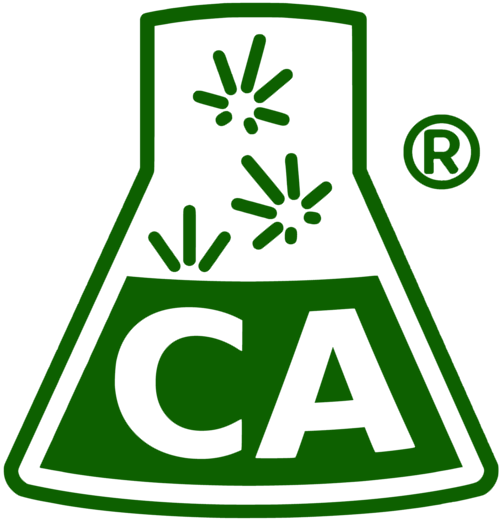Why do I have so much alcohol in my extract?
All extractor systems need to be cleaned periodically. Some of this can be done by a “dry run” – running solvent through the system with no cannabis material loaded – but the deep cleaning requires disassembling parts of the system and using effective solvents to get all the gunk out. The most common solvents used for this purpose are isopropyl alcohol (rubbing alcohol), acetone, and ethanol. When using these solvents, it is important to note that any solvent not removed from the system will show up in your extracts at some level. Alcohols and acetone are significantly less volatile than butanes or propane and will remain in your extract at a higher level after a good purge.
To minimize this, simply wipe any exposed surface dry with a fresh dry towel, and then leave the cleaned parts to air-dry for an hour or so. Even if it appears that the solvent has evaporated, there is some left behind. Considering that most yields for extract are in the range of 100 g to 500 g per run (some large systems can beat this), even an invisibly small amount of solvent will contaminate your extracts at levels that can exceed 1,000 ppm. The amount of solvent needed to contaminate a 100-gram slab with 1,000 ppm is only 100 mg, or a few drops.
